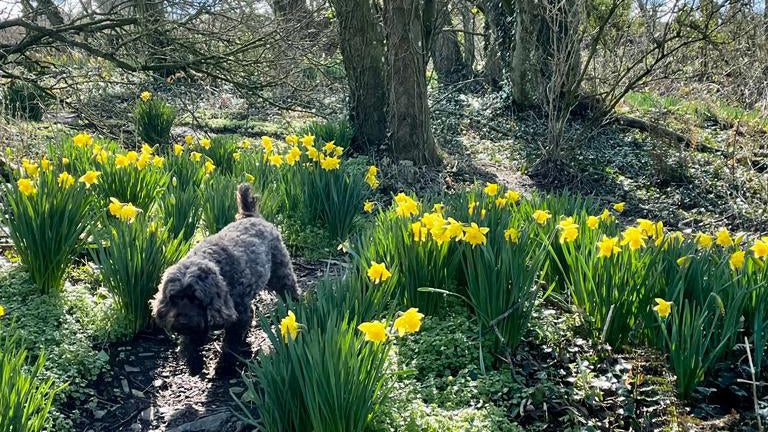
18, March 2022
Spring Around The World
There’s a certain magic to the changing of seasons – it’s a chance to notice the wonders of nature at work. As daffodils dot the landscape, and days become longer, brighter and greener, the familiar optimism of spring fills the air. And on March 20th, the Vernal Equinox finally graces the northern hemisphere with its presence. Also known as the official start of spring, this is the day when the sun crosses the equator line, and daylight to nighttime hours become equal. The arrival of spring is something that unites countries and cultures across the globe, and it’s been celebrated for thousands (and thousands) of years. Here we look at some of the amazing ways the world welcomes this new beginning.
Bulgaria – Martenitsa Bracelets
In Bulgaria, to honour Baba Marta (Grandmother March), Martenitsa bracelets are exchanged and worn from the first day of March. Then, whenever someone spots a sign of spring – think blossoming buds, or migrating birds – they tie a Martenitsa bracelet to a nearby tree. Once spring is in full swing, the red and white twisted threads of Martenitsa are everywhere to be seen, symbolising health and happiness for the season ahead.
Sicily - Planting Seeds
Back in ancient Italy, to honour renewal and growth, women would plant seeds in the gardens of Adonis on the day of the spring equinox. In modern day Sicily, the ritual persists, as women plant seeds in their own baskets or pots. The newly sprouted stalks are then tied with red ribbons and placed on graves on Good Friday in order to symbolise life after death.
Mexico – Pyramids Of The Sun And The Moon
Each year on the spring equinox, hundreds of thousands of pilgrims make their way to the ancient Mexican site of Teotihuacan. Traditionally dressed in white, they climb to the top of the Mayan Pyramids of the Sun and Moon . Once there, they take part in age-old rituals to help them harness the energy of the sun.
Northern India – Holi
Also known as the "Festival of Love", the "Festival of Colours" or the "Festival of Spring", this ancient Hindu celebration is as joyous as it sounds. On the day of Holi, an explosion of colour fills the streets, covering everyone in bright, kaleidoscopic hues. The festival is a salute to the many colours of the coming season, but it’s also a time to forgive others, forget past mistakes, and forge new friendships.
Iran – Nowruz
Translating to “new day” in Persian, Nowruz, which falls on the spring equinox, is recognised as the first day of the year in the Iranian calendar. These new year’s celebrations last for 13 days, and while the details differ from country to country, they often involve deep cleaning the home, feasting with family, dressing in traditional costume, performing folk music and lighting lanterns, bonfires and fireworks.
Thailand – Songkran Water Festival
In Thailand, spring is celebrated alongside the arrival of the Buddhist new year, and welcomed in with water, lots of it. People take to the streets with water guns, hoses and buckets in order to drench anyone they see. Water is used as a symbol of spiritual cleansing, fertility, and to encourage plentiful rainfall for new crops to thrive.
Bosnia – Cimburijada
Perhaps a lesser known celebration, Cimburijada, or the “Festival of Scrambled Eggs,” is how Bosnians salute spring in the town of Zenica. At first light on the first day of spring, locals and tourists gather in the streets and fields to make enough scrambled eggs to feed the entire town. The egg symbolises new life and rebirth, and thousands come together to enjoy this communal first meal.




